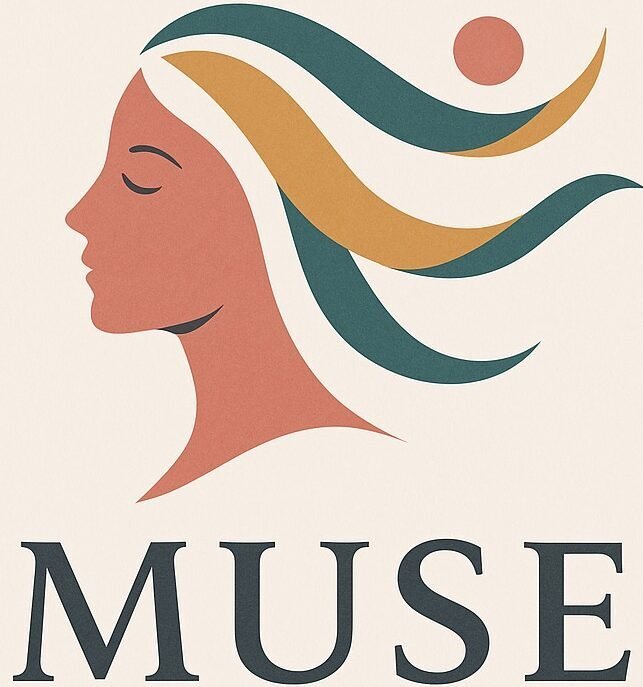In many workplaces, the greatest challenges aren’t just deadlines, budgets, or policies—they’re the perceptions that others place on us. For women and minorities, particularly those with over a decade of experience but not yet in the C-suite, being misunderstood is more common than most would admit. Labels like “too emotional,” “too educated,” or even the damaging stereotype of the “angry Black woman” often create invisible barriers.
But here’s the truth: being misunderstood doesn’t have to be a career stopper. In fact, these very challenges can become leadership strengths. By reframing bias into resilience, confidence, and authenticity, professionals can carve out influence and authority—whether or not their title says “executive.”
Challenge 1: Being Labeled “Too Emotional”
For many mid-career professionals, especially women, emotion at work is seen as weakness. Crying in a meeting or speaking with passion during a presentation is often misunderstood as being unstable or unprofessional.
Why This Matters
The workplace often values stoicism over sincerity. Yet, research in emotional intelligence shows that leaders who can connect authentically inspire more trust, loyalty, and collaboration.
How to Reframe
- Own the Emotion: Instead of apologizing for emotion, acknowledge it as a sign of deep investment in your work.
- Channel It into Clarity: Take a breath or pause before responding, turning raw emotion into thoughtful communication.
- Model Healthy Expression: Demonstrating that it’s possible to be vulnerable and strong gives colleagues permission to bring their whole selves too.
Pro Tip: A passionate response, reframed as commitment to excellence, strengthens credibility rather than weakens it.
Challenge 2: The “Angry Black Woman” or Similar Stereotypes
Few stereotypes are as harmful as reducing a professional’s confidence and assertiveness to “anger.” For women of color, this label has silenced voices and sidelined careers.
Why This Matters
Stereotypes diminish contributions before they’re even heard. They make colleagues second-guess tone instead of content, which undermines innovation and collaboration.
How to Reframe
- Lead with Data: When presenting ideas, anchor arguments in facts and outcomes. This reduces room for mischaracterization.
- Redefine Assertiveness: Frame confidence as advocacy—for the organization, the team, or the mission—not just for yourself.
- Build Allyship: Cultivate trusted colleagues who can amplify your voice when stereotypes try to drown it out.
Key Insight: Anger isn’t the issue—bias is. The more professionals reframe passion as courage, the less power stereotypes hold.
Challenge 3: Being Dismissed as “Too Educated” or “Overqualified”
Sometimes expertise backfires. Instead of being valued, it can intimidate others or lead to accusations of arrogance.
Why This Matters
For professionals who’ve invested in higher education and years of experience, being reduced to “too smart” can feel dismissive and stifling—especially when advancement opportunities stall.
How to Reframe
- Educator, Not Expert: Share knowledge in a way that uplifts others rather than centers yourself. Teach, don’t preach.
- Ask More Questions: Demonstrating curiosity balances the perception of having “all the answers.”
- Highlight Impact Over Credentials: Focus conversations on outcomes you’ve driven, not just the qualifications you hold.
Lesson Learned: Confidence in intellect is power, but humility in delivery builds influence.
Challenge 4: Authenticity vs. Fitting In
From hairstyles to communication styles, many professionals feel pressure to “tone down” who they are to fit corporate culture.
Why This Matters
Suppressing authenticity may secure short-term acceptance but creates long-term exhaustion. Pretzeling oneself into a mold erodes creativity, productivity, and even mental health.
How to Reframe
- Strategic Authenticity: Choose when and where to express your full identity while aligning with professional context.
- Celebrate Cultural Roots: Instead of hiding differences, position them as perspectives that add value to problem-solving.
- Set Boundaries: Be willing to say, “This is who I am,” even if it means risking disapproval.
Real Talk: Authenticity isn’t rebellion—it’s resilience. The workplace needs more originality, not less.
Challenge 5: Struggling to Be Heard in Male-Dominated Spaces
Too often, women and minority professionals find their ideas dismissed—only to be validated when repeated by someone else.
Why This Matters
Being overlooked erodes confidence and perpetuates inequality. It also costs organizations innovative solutions that never reach decision-makers.
How to Reframe
- Use the Power of Pausing: A deliberate pause before answering forces attention and commands respect.
- Claim the Seat: Physically and metaphorically take up space in meetings—sit at the table, not the sidelines.
- Find Amplifiers: Partner with colleagues who will echo and credit your ideas when bias tries to erase them.
Leadership Hack: Influence isn’t always about volume—it’s about presence.
Conclusion: From Misunderstood to Unstoppable
Being misunderstood at work is frustrating, but it’s not fatal. Each challenge—whether being labeled “too emotional,” navigating stereotypes, or balancing authenticity—can be reframed into a leadership strength.
For mid-career professionals feeling stuck at a salary plateau or overlooked in decision-making, the key is resilience paired with authenticity. By turning bias into fuel, you not only build influence but also model a path for others navigating the same struggles.
If you’ve ever felt misunderstood in the workplace, remember this: your story isn’t a liability—it’s your leadership advantage. Start today by choosing one challenge you’ll reframe as a strength, and watch how your presence transforms the room.



